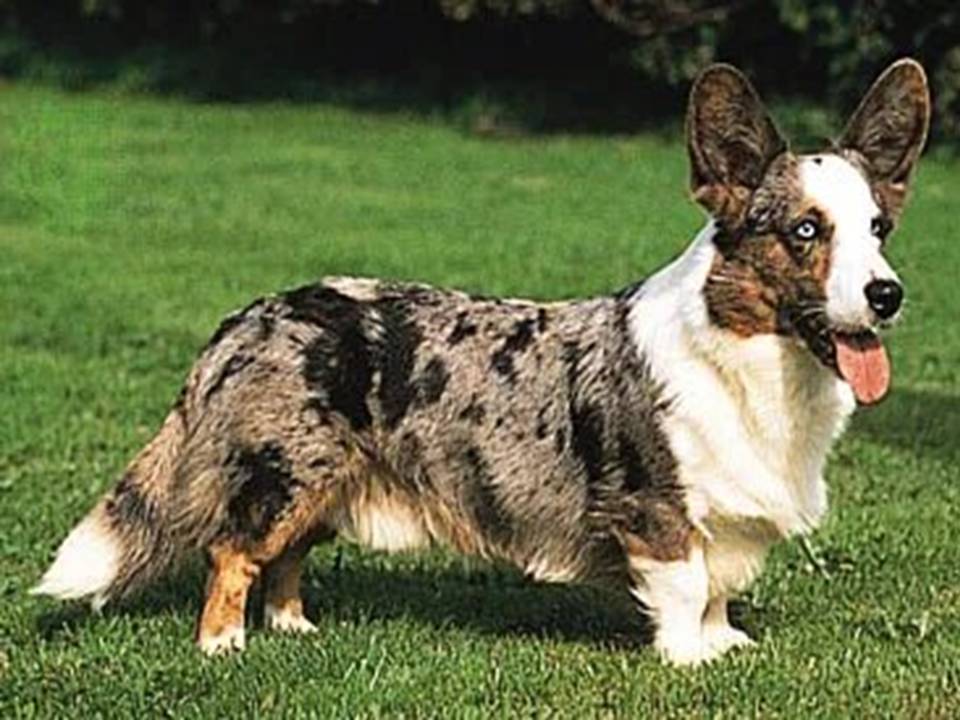Corgi Dog: A resident of Buckingham Palace
The Corgi dog, known for its short legs, sturdy body, and cheerful disposition, has a rich history tied to royalty, folklore, and farming. This small yet mighty herding dog comes in two varieties: the Pembroke Welsh Corgi dog and the Cardigan Welsh Corgi dog. Both breeds are native to Wales but have distinct origins and development. Understanding the Corgi’s origins means exploring its background in the Welsh countryside, its early roles, and how it rose to fame.
Ancient Origins of the Corgi Dog
The Corgi’s history dates back over a thousand years. The breed’s name comes from the Welsh words “cor” (dwarf) and “gi” or “ci” (dog), highlighting its small size. Despite their diminutive stature, Corgi dogs come from a robust working heritage. Early on, they were herding dogs, guiding cattle and guarding livestock. Their long history points to a strong connection with the Celts, who brought working dogs as they migrated across Europe. These early herding dogs likely led to the Corgi.
The Cardigan Welsh Corgi dog is the older of the two types, with a lineage stretching over 3,000 years. It shares ancestry with the Dachshund, likely due to the Celtic tribes’ migration to Wales. Farmers in Wales valued these dogs for their ability to manage livestock in rugged terrain.
The Pembroke Welsh Corgi dog has more modern origins. It likely developed from a cross between native Welsh herding dogs and small spitz-type dogs brought by Flemish weavers during the 12th century. The Pembroke has a more fox-like face and is typically smaller and lighter than the Cardigan. Over time, the two breeds evolved into distinct types, each with unique characteristics but shared traits in temperament and utility.
The Role of Corgi Dogs in Welsh Farming Communities
For centuries, Corgis were essential in Welsh agriculture. Their size and shape made them ideal for herding cattle. With their short legs, they could nip at the heels of cows and sheep while avoiding kicks. Their low stature allowed them to weave through livestock, guiding them over long distances and rough terrain.
Corgis were known for their intelligence and independence. Unlike larger herding breeds that worked in teams, Corgis often managed livestock on their own. This independence helped them develop strong problem-solving skills, making them highly adaptable. Farmers respected their ability to control large herds despite their small size.

Rise in Popularity: The Royal Connection
The Pembroke Welsh Corgi owes much of its popularity to Queen Elizabeth II. In 1933, King George VI, then Duke of York, gifted a Pembroke Welsh Corgi named Dookie to his daughters, Princess Elizabeth and Princess Margaret. The young princesses quickly fell in love with the breed, and Queen Elizabeth II’s lifelong affection for Corgis began. Over the years, the Queen owned more than 30 Corgis, and her dogs often appeared in official portraits. This royal connection helped elevate the Corgi’s status worldwide.
Corgis became globally famous, not just for their royal ties but for their friendly and outgoing nature. They are ideal companions for families due to their small size and adaptability, making them perfect for urban living.
Differences between the Pembroke and Cardigan Welsh Corgis
Though often confused, Pembroke and Cardigan Welsh Corgis are separate breeds, each recognized by major kennel clubs. The most noticeable difference is their tail. Pembrokes have short or docked tails, while Cardigans have long, bushy tails. Cardigans are slightly larger, with rounder ears, while Pembrokes have delicate, triangular ears.
Both breeds are intelligent, affectionate, and eager to please. However, Cardigans tend to be more reserved and laid-back, while Pembrokes are outgoing and energetic. These differences reflect their herding history, with Cardigans possibly inheriting a more independent mindset.
Modern Corgis: From Farm Dogs to Beloved Pets
Though Corgis have transitioned from farm dogs to pets, their herding instincts remain strong. Many still participate in herding trials, and they continue to herd animals, children, and even their owners. Corgis are intelligent, loyal, and trainable, making them excellent companions. However, they need regular mental and physical stimulation to stay happy and healthy.
Corgis have become a cultural favourite. They appear in TV shows, movies, and memes, reinforcing their status as a beloved breed worldwide.
Conclusion
The history of the Corgi reflects adaptability, hard work, and companionship. From ancient herding dogs in the Welsh hills to royal pets, the Corgi’s journey spans centuries. Its charm and versatility allowed it to transition from a working dog to a cherished companion. Today, both Pembroke and Cardigan Welsh Corgis symbolize loyalty, intelligence, and timeless appeal, loved for their personalities and rich heritage.


